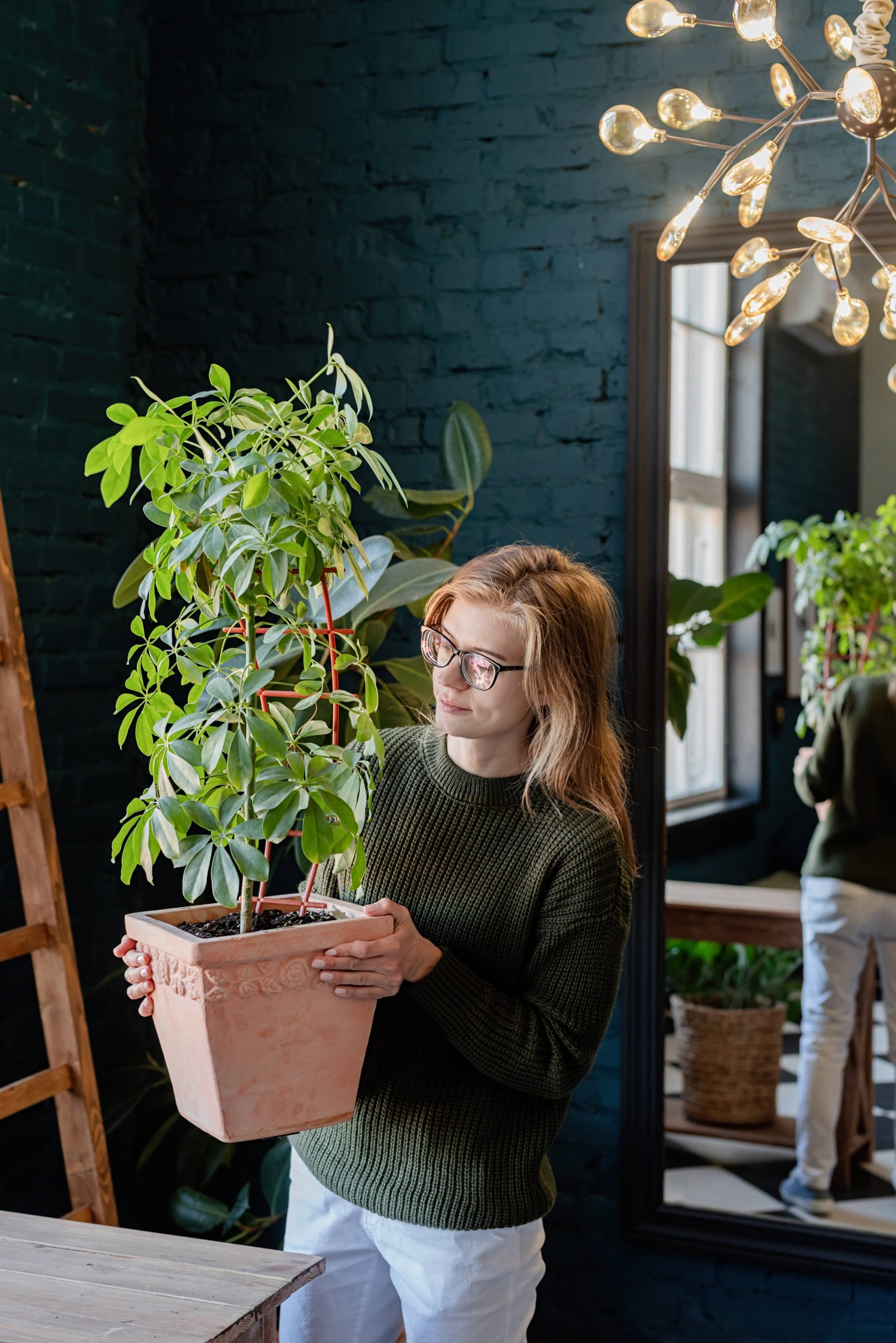
If you’re a plant enthusiast, you know the joy that comes with nurturing a vibrant houseplant to health, especially when it rewards you with beautiful blooms. However, if you live in a space with limited natural light, growing flowering houseplants can seem like a challenge. But fear not – there are several stunning flowering houseplants that thrive in low light conditions, perfect for brightening up any room in your home. In this guide, we’ll explore some of the best flowering houseplants for low light environments, along with tips on how to care for them.
Why Choose Flowering Houseplants for Low Light?
Flowering houseplants add a splash of color and a touch of nature to your indoor spaces. They can transform a dull corner into an enchanting mini-garden, bring a piece of the outdoors inside, and even improve air quality. While many flowering plants require bright sunlight to bloom, there are resilient varieties that flourish in less sunny conditions. These plants have adapted to thrive under lower light, making them ideal for apartments, offices, or rooms without many windows.
Top Flowering Houseplants for Low Light
1. Peace Lily (Spathiphyllum spp.)
The Peace Lily is not only easy to care for but also an excellent choice for low light environments. Its lush, dark green leaves and elegant white blooms add sophistication to any room. Peace Lilies prefer indirect light and need to be watered when the soil feels dry to the touch. They are also renowned for their air-purifying properties, removing toxins like formaldehyde and benzene from the air.
2. Anthurium (Anthurium andraeanum)
Known for its striking heart-shaped leaves and vibrant red, pink, or white flowers, the Anthurium is another top pick for low light conditions. While it enjoys bright, indirect light, it can tolerate low light environments. Keep the soil moist, but ensure proper drainage to prevent root rot. Regularly misting its leaves can help maintain humidity, which this tropical beauty prefers.
3. Bromeliads
Bromeliads are unique and eye-catching flowering plants that come in a variety of colors. They are well-suited for low light spaces and are relatively low-maintenance. These plants absorb moisture and nutrients through their leaves, so occasional misting or wiping down the leaves with a damp cloth can aid their growth. Bromeliads prefer their soil to dry out between waterings, making them resilient in a forgetful gardener’s care.
4. African Violet (Saintpaulia spp.)
Renowned for their lush foliage and clusters of delicate purple, pink, or white blooms, African Violets can bloom year-round under the right conditions. They thrive in moderate to low light and appreciate consistent watering with lukewarm water. It’s best to water them from the bottom to avoid wetting the leaves, which can lead to rot. Fertilize monthly with a balanced houseplant fertilizer to encourage continuous blooms.
5. Begonia
The varied and stunning Begonia species can offer a brilliant display of flowers and are surprisingly adaptable to low light settings. With a diversity of leaf shapes and colors, along with vibrant blooms, Begonias can liven up any space. They require well-drained soil and should be watered when the top inch has dried. While they don’t like to be overly dry, they’re also sensitive to overwatering, so balance is key.
6. Christmas Cactus (Schlumbergera spp.)
The Christmas Cactus is a festive, easy-to-care-for plant that flourishes in low light scenarios. It typically blooms around the holiday season, offering pink, red, or white flowers. Keep it in a cool room with indirect light and mist regularly to maintain humidity. Allow the soil to dry between waterings, and avoid sudden temperature changes to keep it happy.
Tips for Caring for Flowering Houseplants in Low Light
1. Understand the Light Levels:
Knowing the light levels in your home can help you identify the best spots for your plants. Low light is often described as enough natural light to read a book without additional artificial lighting. If you have to turn on a lamp to see clearly, you’re likely dealing with low light.
2. Water Wisely:
Overwatering is a common mistake. Most low-light plants require less water than their sun-loving counterparts, as lower light levels slow down their growth and water usage. Ensure proper drainage to prevent water from sitting in the pot.
3. Mist or Wipe Leaves:
Since many low-light flowering plants are tropical, they often appreciate higher humidity. Regularly misting or wiping down the leaves can help them thrive and keep them dust-free.
4. Fertilization:
While low-light plants don’t require as much fertilization as those in brighter conditions, a balanced, water-soluble fertilizer during the growing season can promote healthy growth and more prolific blooming.
5. Be Patient:
Flowering in low light conditions can be slower or less frequent compared to brighter environments. However, with consistent care and attention, your plants will reward you with their resilience and beauty.
In conclusion, even in dimly lit spaces, it’s possible to cultivate a garden teeming with colorful blooms. With the right choice of flowering houseplants and mindful care, your indoor garden can thrive and flourish, creating a vibrant and inviting environment in your home. So, go ahead and introduce some of these beautiful, low-light flowering plants into your space – and enjoy the many benefits they bring!













